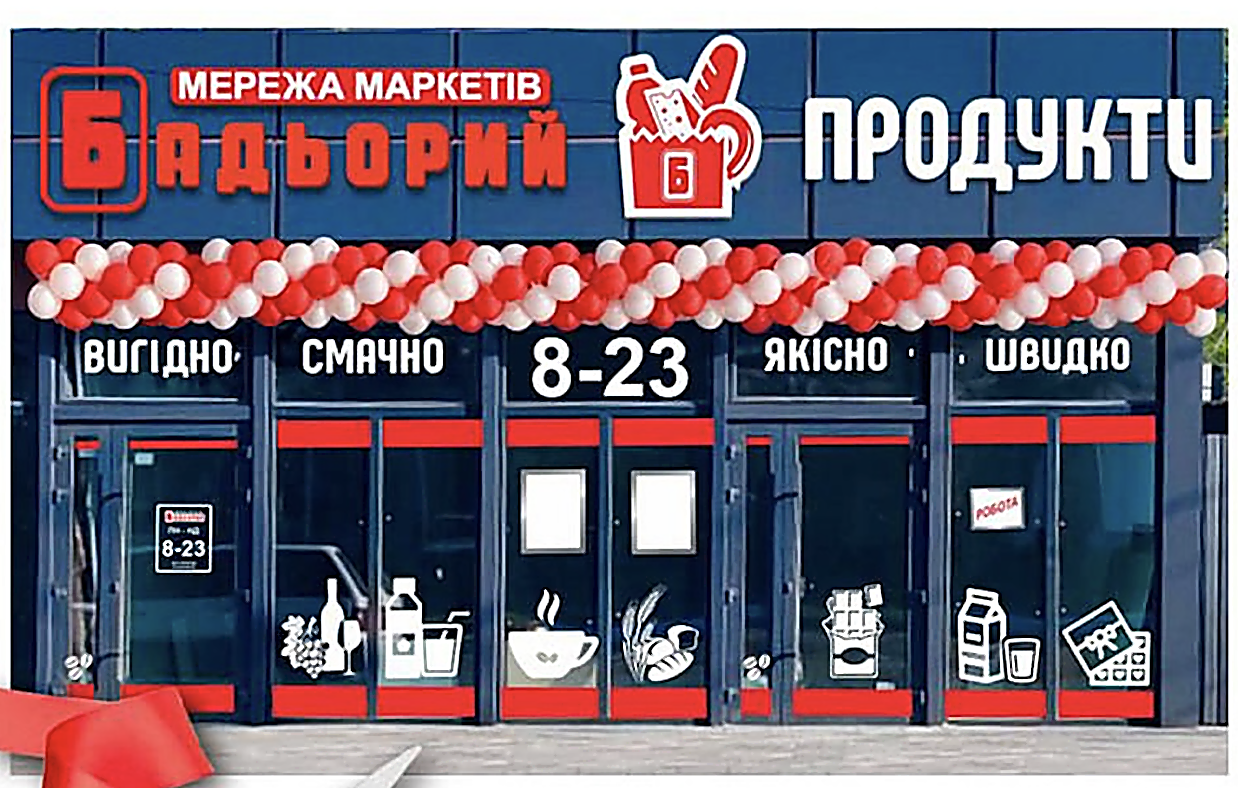Background
Orders were created manually by over 100 employees, leading to errors and inefficiencies
Stores operated independently, without unified rules for inventory and merchandising
The BAS 1C system did not account for demand anomalies, which reduced the accuracy of analytics
There were no tools for identifying dead stock or evaluating supplier performance
Stock levels were determined without considering actual demand, resulting in both overstock and out-of-stock situations
There was no merchandising process — products were placed randomly on shelves without planograms
Project Goals
Progress of the project
The project started with a comprehensive business audit and process analysis. Both ABM Inventory and ABM Shelf were implemented simultaneously, requiring strong coordination — the same team was responsible for technical setup and subsequent rollout. Therefore, the decision was made to proceed sequentially: Shelf was launched first, followed by Inventory after successful testing and user training.
One notable moment was that, prior to hiring a dedicated planogram specialist, Shelf was managed directly by category managers and even the commercial director, who created planogram layouts and fixture models himself. This helped not only to launch the new process but also to form a team with a deep understanding of the system. After the pilot, both solutions were scaled across the entire network, with continuous technical and consulting support.
Business audit and technical specification
Analyzed current processes, defined system requirements, and identified key automation points.
Data collection and integration
Prepared historical sales, stock, and product data, including minimum stock thresholds.
BAS integration and auto-sync
Implemented bi-directional data exchange between BAS and ABM Inventory; ensured synchronization across all stores.
Pilot testing
Launched ABM Shelf in selected stores with pilot assortment; followed by ABM Inventory testing.
User training and process launch
Trained staff on planogram and ordering workflows; introduced clear store-level instructions.
Network-wide rollout
After a successful pilot, both systems were deployed across all 135 Badyorui stores.
Ongoing technical and consulting support
Support was provided throughout implementation to resolve issues and help staff adapt to the new systems.
Results of ABM Inventory implementation
Badyorui deployed two systems — ABM Inventory and ABM Shelf — and achieved extensive results. This section focuses specifically on the impact of automating inventory management with ABM Inventory.
The effects of ABM Shelf implementation are covered in a separate case study.
-
Centralized inventory management: all 135 stores now operate under a unified model managed by a 10-person head office team.
-
Automated order generation: the system automatically creates forecasts and orders, significantly reducing manual workload.
-
Merchandising and promo optimization: enabled full control over shelf execution and more effective promotion handling.
-
Forecasting based on real data: algorithms now account for anomalies, promotional activity, and unexpected demand spikes.
-
Reduced excess and stockouts: moving away from “safety ordering” helped lower the volume of dead stock.
-
Stronger decision-making: reporting made it easier to identify SKUs to delist, rotate, or re-merchandise.
-
Daily use of analytics: category managers rely on reports like “Dead Stock,” “Suppliers,” OTIF, availability & turnover, and LFL.
-
Full process transparency: easier to track task execution, adjust assortment, analyze shelf layout, and check in-store presence.
We appreciate that you are interested in our products. One of our staff will be in touch with you shortly. Have a great day!


